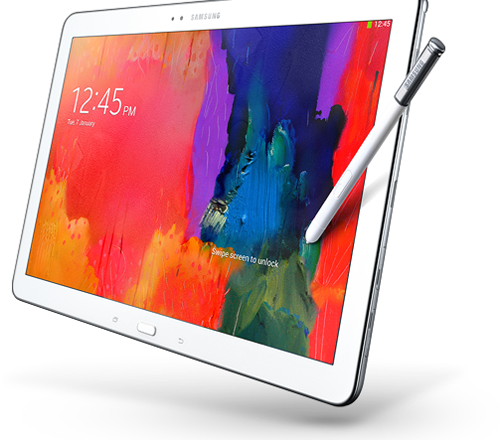You are here
Myopia and mobile digital devices
By Jean-Claude Elias - Jan 25,2018 - Last updated at Jan 25,2018
When, a few days ago, I pointed out to this young relative of mine that he had been watching too much TV and that this could harm his eyes, he shocked me with this answer: “Oh no, actually I am watching TV to take a break from playing with my tablet”. It made sense. After all, watching a large screen at a distance of three metres certainly is “safer” than staring at a small tablet held only a few centimetres from your face.
Long gone are the days when the old CRT (Cathode Ray Tube) screens used to affect our eyes with various radiations. LCD and LED displays are significantly safer today. However, the mere fact of having your eyes focusing on a near object for too long is harmful. Especially if this object emits light, like all tablets and smartphones do. And do not try to convince a teenager to take his eyes off his mobile device every few minutes and to look for a few seconds at a distant point out of his window, just to reduce eye strain.
With every year that passes myopia or short-sightedness affects an increasing part of the population. Last year sciencealert.com put it bluntly but clearly in a headline titled: “Half The World’s Population Will Be Short-Sighted by 2050”. The report was very balanced, written scientifically and with restraint. It warned about jumping to hasty conclusions. Briefly, it said that there was no conclusive evidence at this stage that it is only the excessive usage of various computing devices that was to blame, though it may well be the dominant factor. Eating habits and imbalanced intake of essential nutrients probably also play a role.
According to Sarah Zhang (Wired): “Based on a handful of large epidemiological studies on myopia, spending time outdoors — especially in early childhood — reduces the onset of myopia,”
The IT industry is doing what it can to help curb the phenomenon, without however going as far as to tell us not to use the devices or to reduce our Internet browsing time, for example. Again, quality screens such as LED or OLED make a difference here. We are encouraged to read eBooks not using regular tablets but dedicated reading devices such as Amazon Kindle Paperwhite for instance. They are certainly gentler on the eye, but you will still be staring at something kept very close to your face for long hours.
Kindle Paperwhite is as close to a printed book as they can make it — understand as easy on the eyes. So what is the difference between a Kindle and a hard-copy printed book? Why are mobile computing devices more harmful and why would they increase the risk of myopia?
With printed books you just… well, read books! With a mobile digital device, however gentle on your eyesight it may be, you read books, write emails, send messages, check social networks, do your online banking, browse the web and do the million things we got accustomed to doing this way. Hence the steadily increasing number of hours one would spend every day, focusing on a closely kept display.
Several government and private services in Jordan will only be available online as of this year, mainly payments of monthly and annual bills of all kinds, including the municipality tax on property. This means more time spent staring at digital displays of all kinds, every day.
For many years now we have been advised not to remain seated for long, continuous hours, so as to reduce cardiovascular health hazards. With the increasing risk of myopia everywhere in the world, spending more time outside, doing regular physical exercise is more crucial than ever. It is also valid for the heart, the muscles, the bones or the eyesight, not to mention the brain. It is obvious, it is trivial, it is understood, but we keep forgetting it.
Related Articles
NEW YORK — If you’re headed to the beach or any other weekend getaway, don’t forget these “essential” gadgets.Of course, no technology
On a flight from Amman to Athens, Greece, two weeks ago, I could not but notice the number of passengers holding a Kindle in their hands and
Samsung’s new line of tablets will go on sale in the US on February 13.















